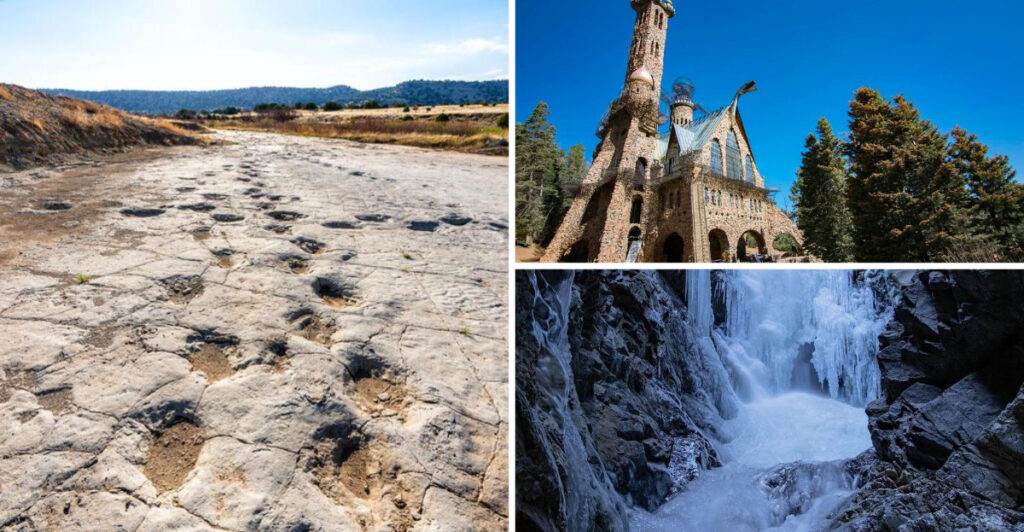Colorado’s famous spots like Rocky Mountain National Park and Garden of the Gods attract millions of visitors each year. But beyond these crowded attractions lies a world of hidden gems that locals treasure. I’ve spent years exploring the Centennial State’s lesser-known corners and compiled this list of secret spots perfect for your next weekend adventure.
1. Zapata Falls: Nature’s Hidden Ice Sculpture
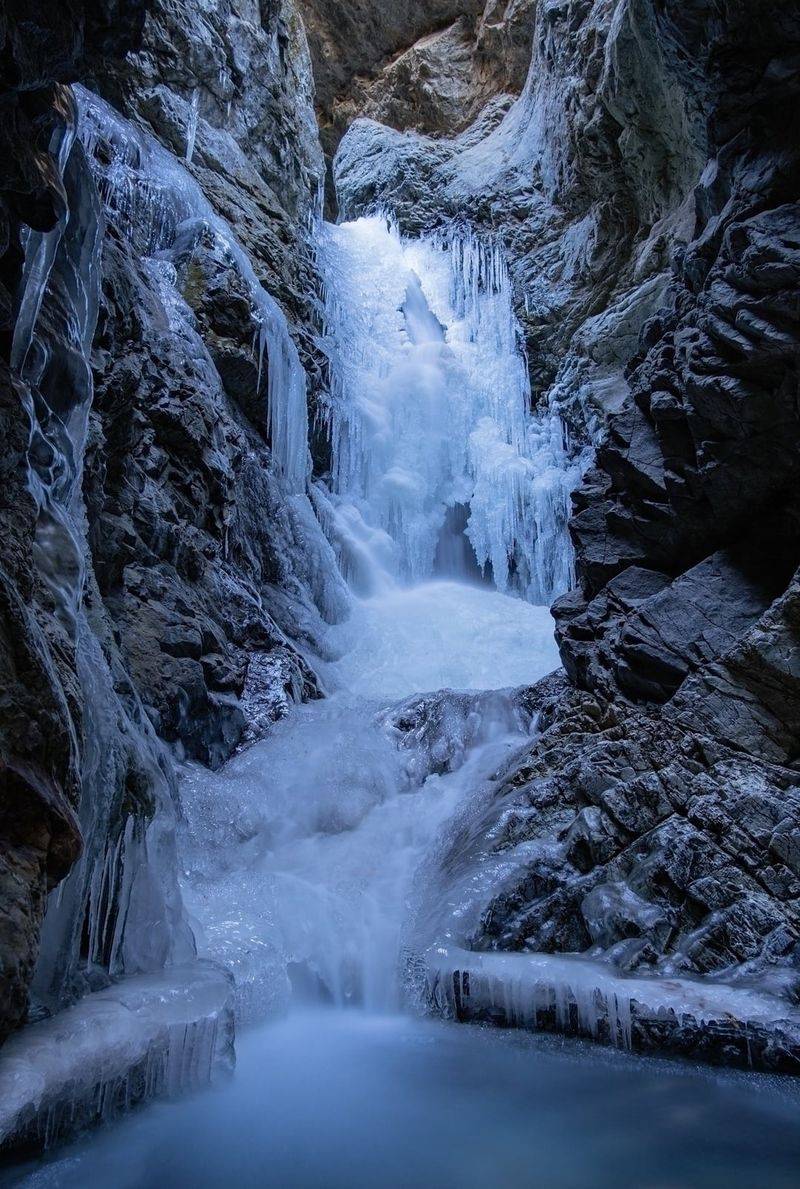
Tucked away near the Great Sand Dunes, Zapata Falls transforms into a magical ice formation during winter months. The short hike through a rocky crevasse rewards adventurers with views of a 30-foot waterfall.
Summer visitors can cool off in the mist, while winter explorers discover an otherworldly frozen sculpture. Local tip: arrive early on summer weekends to avoid the small crowds that gather by midday.
2. Paint Mines Interpretive Park: Technicolor Badlands
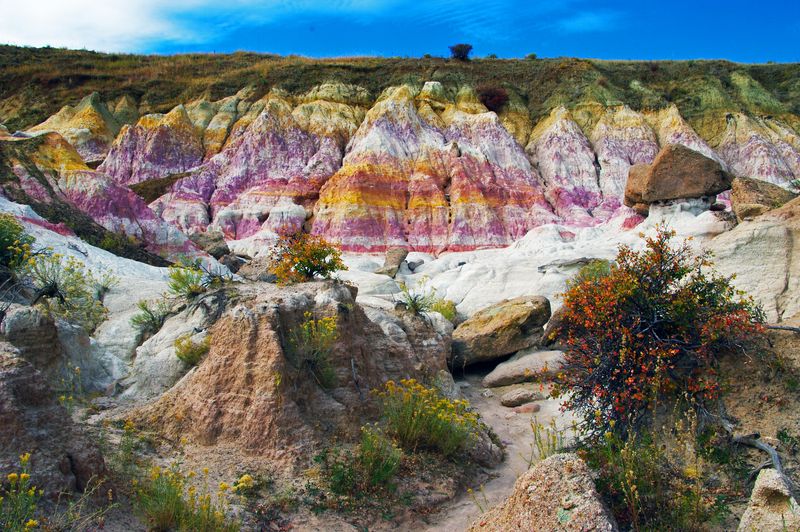
Rainbow-hued clay formations erupt from the eastern plains in El Paso County, creating an otherworldly landscape few tourists discover. Ancient peoples used these colorful clays for pottery and ceremonial paint for thousands of years.
Wander through the maze-like hoodoos and spires early morning when the rising sun ignites the pink, orange, and purple layers. Bring your camera but leave your dog at home – no pets allowed in this fragile ecosystem.
3. Rifle Falls: Triple-Tiered Paradise
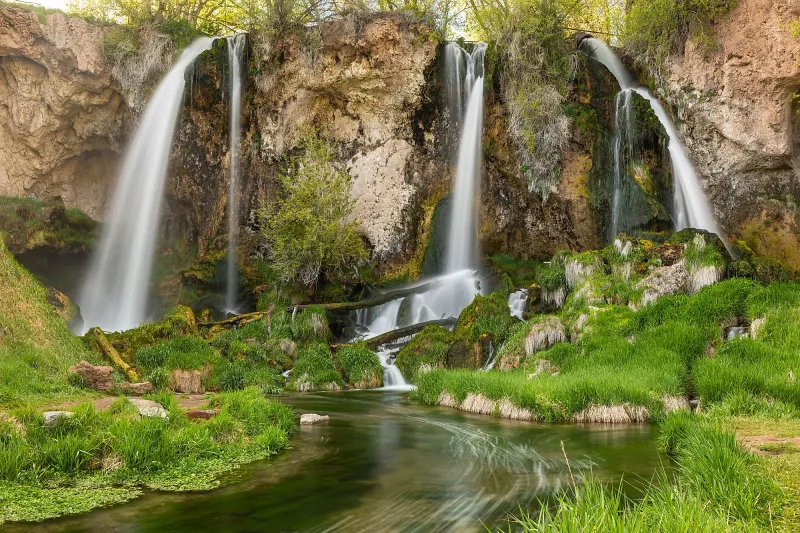
Most visitors zoom past Rifle on I-70, missing this triple waterfall oasis just north of town. Three 70-foot cascades thunder down side-by-side, creating a microclimate where lush moss and ferns thrive in the desert surroundings.
Explore limestone caves behind the falls or set up camp at one of the coveted streamside spots. Photographers flock here for misty morning shots when rainbows dance through the spray. The falls remain accessible year-round, though winter visits require snow boots.
4. Wheeler Geologic Area: Moonscape on Earth
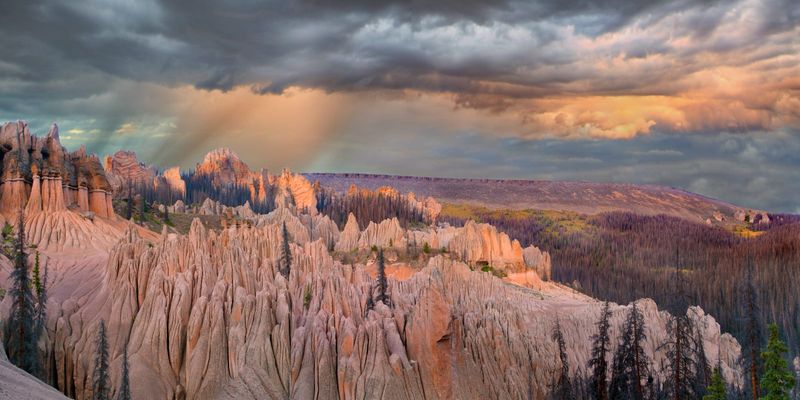
Hidden deep in the La Garita Wilderness, these bizarre volcanic formations look transplanted from another planet. White ash deposits from ancient volcanic eruptions eroded into towering spires and jagged ridges over millions of years.
Getting here requires serious commitment – either a challenging 7-mile hike or a rough 14-mile 4WD road. Your reward? Having this surreal landscape practically to yourself. Camp nearby to witness the formations glowing pink and orange during sunset.
5. Rattlesnake Arches: Grand Canyon’s Forgotten Cousin
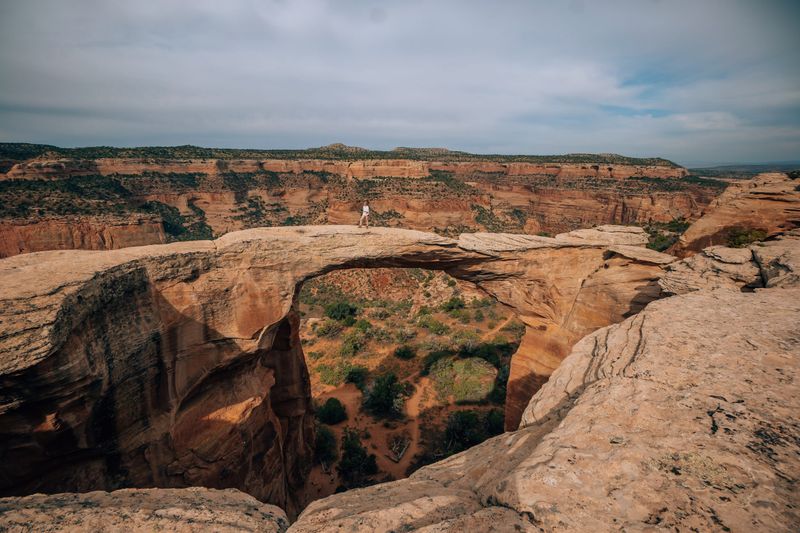
The largest concentration of natural arches outside Utah hides on the western slope near Grand Junction. McInnis Canyons National Conservation Area harbors these magnificent red rock formations, including the impressive Cedar Tree Arch.
The journey requires navigation skills and endurance – choose between an 11-mile round trip hike or a rugged 4WD approach followed by a shorter trek. Spring and fall bring perfect temperatures, wildflowers, and fewer encounters with the area’s namesake reptiles.
6. Dunton Hot Springs: Ghost Town Luxury
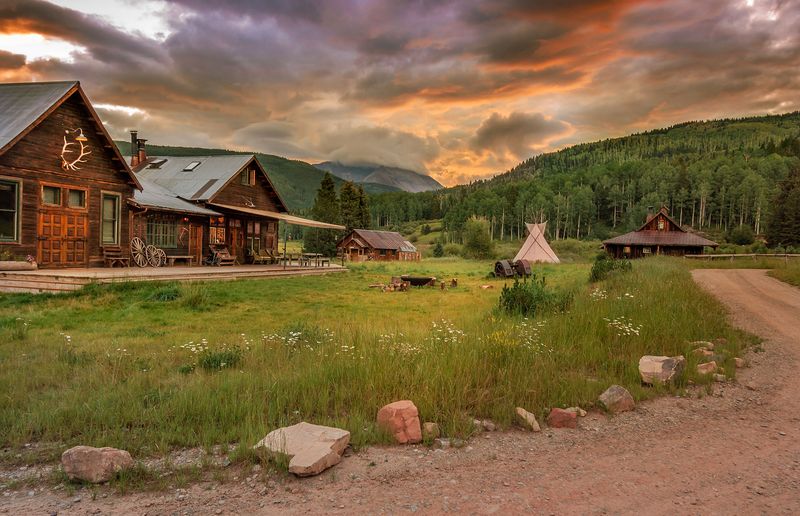
An abandoned mining settlement transformed into an exclusive retreat near Telluride, Dunton offers a glimpse into Colorado’s mining past with modern comforts. The restored hand-hewn log cabins circle a central bathhouse where mineral-rich waters bubble up at 107 degrees.
While overnight stays command premium prices, day visitors can arrange spa access to soak in the healing waters. The nearby meadows explode with wildflowers in July, creating perfect picnic spots with views of the soaring San Juan peaks.
7. Picketwire Canyonlands: Dinosaur Highway
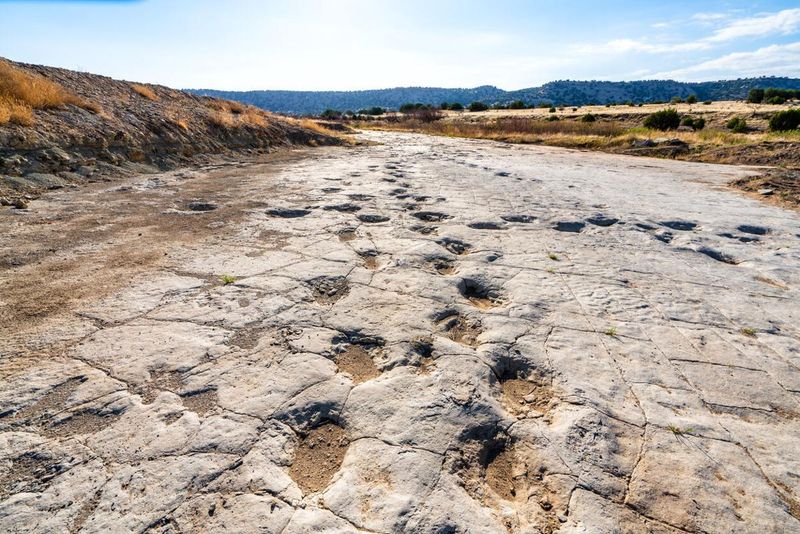
North America’s largest dinosaur tracksite lies hidden in southeastern Colorado’s canyonlands. Over 1,300 footprints from Jurassic giants stretch along an ancient riverbed, some measuring over 3 feet across!
The 11-mile round trip hike traverses rugged terrain, revealing not just dinosaur tracks but also Native American petroglyphs and an abandoned Mexican settlement. Visit in spring or fall when temperatures moderate, and bring plenty of water – this arid landscape shows no mercy to unprepared visitors.
8. Phantom Canyon Road: Ghost Town Highway
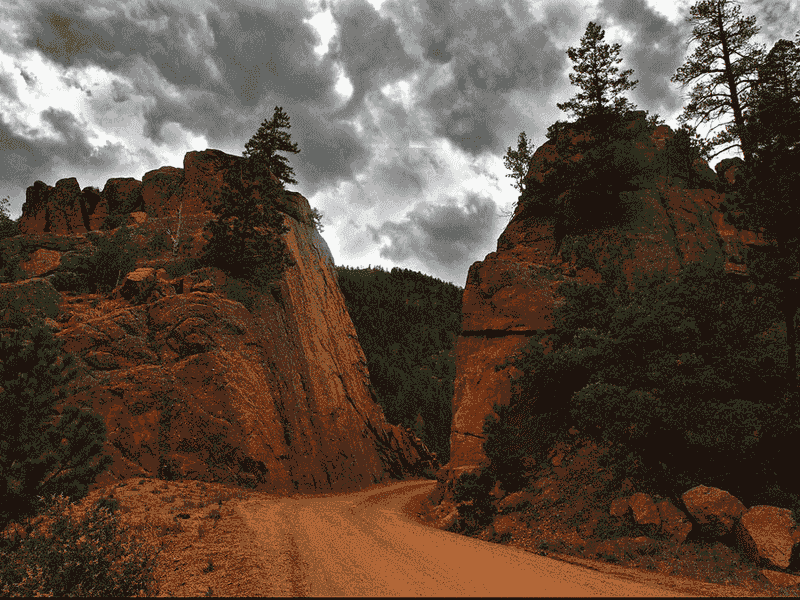
This historic mining route connects Cripple Creek to Florence through a dramatic canyon rarely visited by tourists. Originally built as a railroad grade in the 1890s, the gravel road winds through narrow tunnels and across iron bridges clinging to sheer cliff faces.
Ghost towns like Adelaide and Wilbur dot the route, offering glimpses into Colorado’s boom-and-bust mining era. Fall brings spectacular aspen displays while summer delivers wildflower meadows. A high-clearance vehicle handles the washboard sections better than standard cars.
9. Bishop Castle: One Man’s Medieval Dream
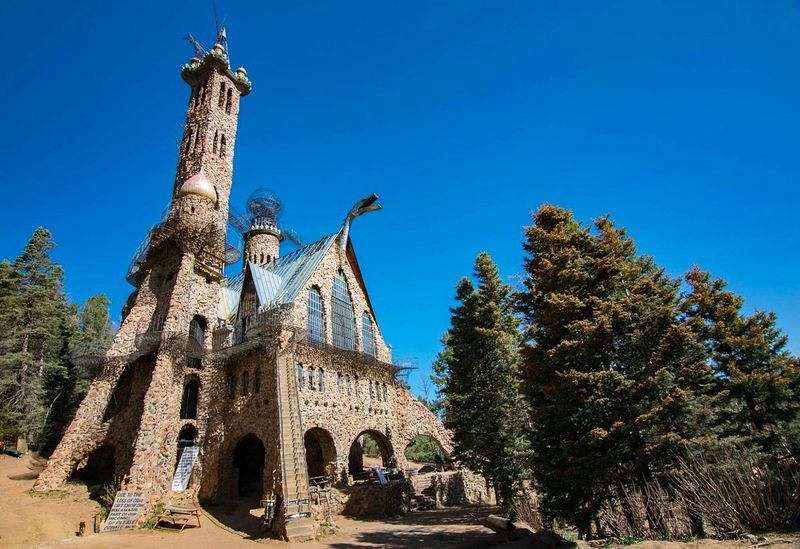
Rising improbably from the San Isabel National Forest stands a massive stone castle built entirely by one determined man. Jim Bishop began this labor of love in 1969, constructing towers reaching 160 feet, a grand ballroom, and even a fire-breathing dragon using only salvaged materials.
Unlike polished tourist attractions, this quirky masterpiece feels raw and authentic. Climb the precarious iron staircases for panoramic mountain views if you dare. The castle remains open year-round with no admission fee, though donations help continue the never-ending construction.
10. Unaweep Canyon: Two-River Wonder
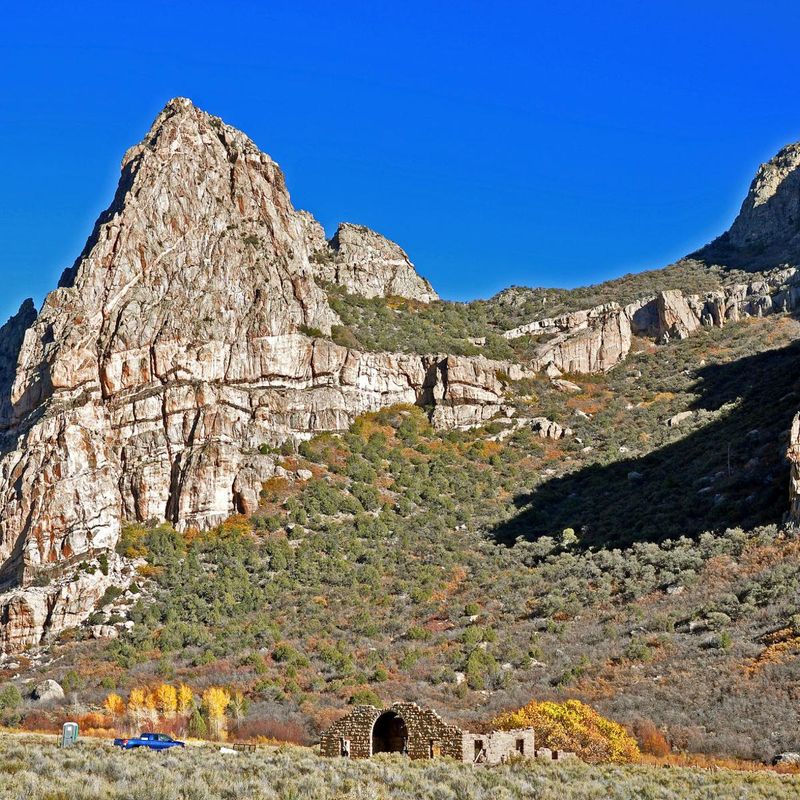
Geologists flock to this scientific anomaly near Grand Junction – the only canyon in the world with two creeks flowing in opposite directions from a central divide. Massive red sandstone walls rise 1,000 feet above the winding Scenic Byway 141.
Rock climbers tackle the canyon’s granite faces while hikers explore hidden side canyons with petroglyphs and seasonal waterfalls. The roadside Driggs Mansion ruins provide a haunting photo opportunity. Wildlife abounds – watch for desert bighorn sheep navigating the steep terrain at dawn and dusk.
11. Dome Rock State Wildlife Area: Bighorn Paradise
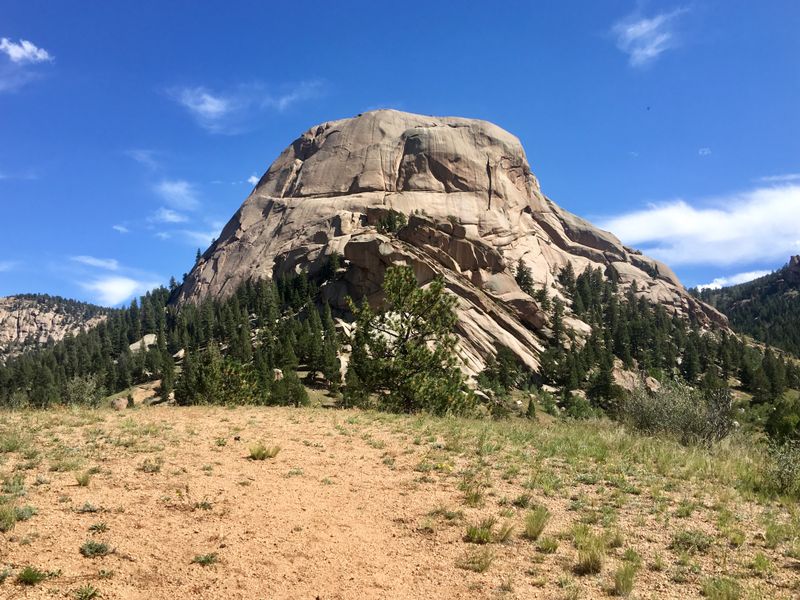
Just minutes from busy Florissant Fossil Beds National Monument lies this local secret where massive granite domes rise above pristine meadows. The area hosts Colorado’s largest bighorn sheep herd, with winter offering prime wildlife viewing opportunities.
A network of trails winds through aspen groves and along the South Platte River’s tumbling waters. The Mueller State Park entrance provides the easiest access. Parts close seasonally for wildlife protection, so check regulations before visiting during lambing season (April-June).
12. Radium Hot Springs: Wild River Soaking
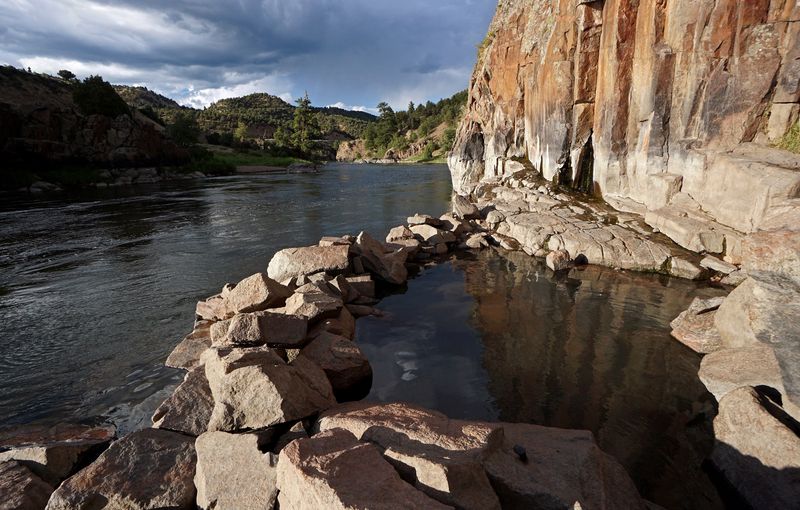
Unlike developed hot springs resorts, these natural pools along the Colorado River offer primitive soaking experiences without entrance fees. Located near Kremmling, small geothermal springs bubble up alongside the river, creating perfect temperature pockets when river levels drop in late summer.
Cliff jumping spots tempt the brave while kayakers often stop mid-paddle for a warm-up. Finding these unmarked pools requires asking locals for directions – they’ll reluctantly share locations if you promise to pack out all trash and respect the pristine environment.
13. Black Canyon of the Gunnison: North Rim Solitude
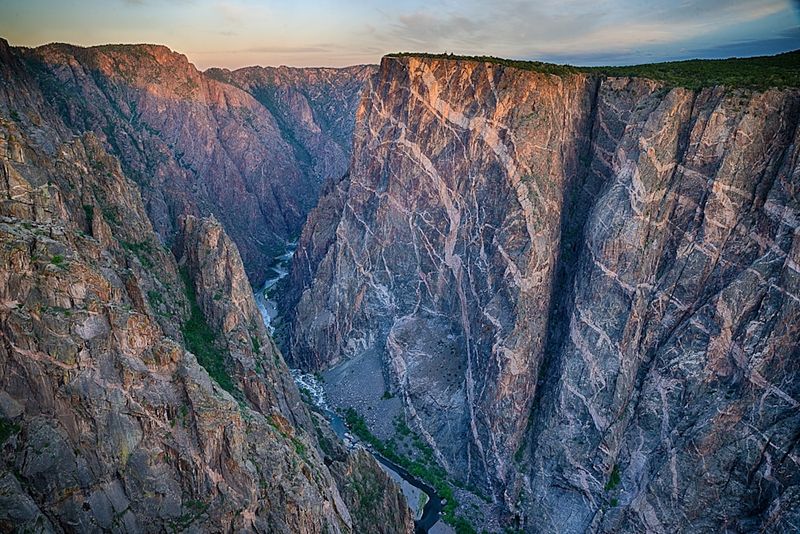
While the national park’s south rim draws modest crowds, the remote north rim remains gloriously empty most days. Sheer 2,000-foot walls plunge dramatically to the Gunnison River below, creating some of America’s most spectacular – and vertigo-inducing – viewpoints.
The unpaved access road deters casual visitors, ensuring peaceful contemplation of this geological wonder. Rangers recommend the Exclamation Point trail for the most dramatic vistas. The north rim closes in winter when snow makes access impossible.
14. Spanish Peaks Wilderness: Cloud-Piercing Giants
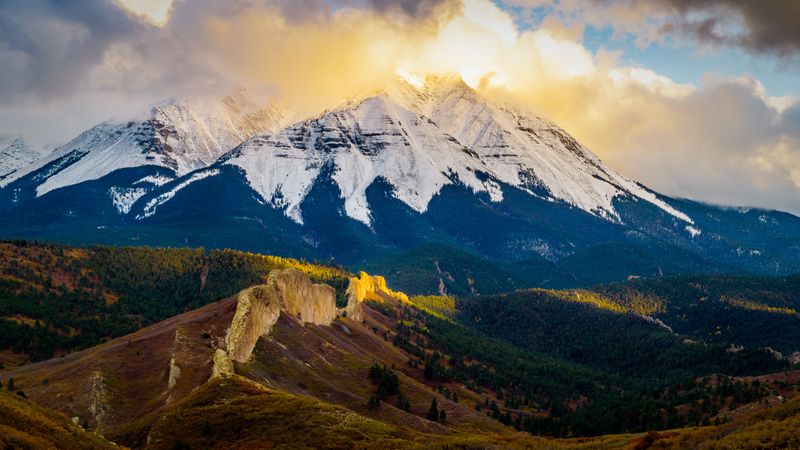
Native Americans called these distinctive mountains “Wahatoya” or “Breasts of the Earth” for their perfect conical shapes rising abruptly from the plains. Dozens of dramatic rock walls called dikes radiate outward like spokes, creating a landscape unlike anywhere else in Colorado.
The West Spanish Peak trail offers a challenging summit bid with far-reaching views into New Mexico. Fall brings golden aspen displays while summer wildflower meadows explode with color. The area receives far fewer visitors than nearby Great Sand Dunes National Park.
15. Paradise Cove: Cliff Jumper’s Dream

A crystal-clear emerald pool nestled within a granite amphitheater awaits those willing to find this swimming hole near Florissant. The 25-foot cliffs surrounding the cove tempt brave souls to leap into the refreshing depths below.
The moderate 1-mile hike keeps casual tourists away, especially if you arrive early on weekdays. Bring water shoes for the slippery rocks and pack out everything you bring in. Summer afternoons sometimes attract local teenagers, so morning visits offer more serenity.
16. Hanging Lake Alternative: Rifle Mountain Park
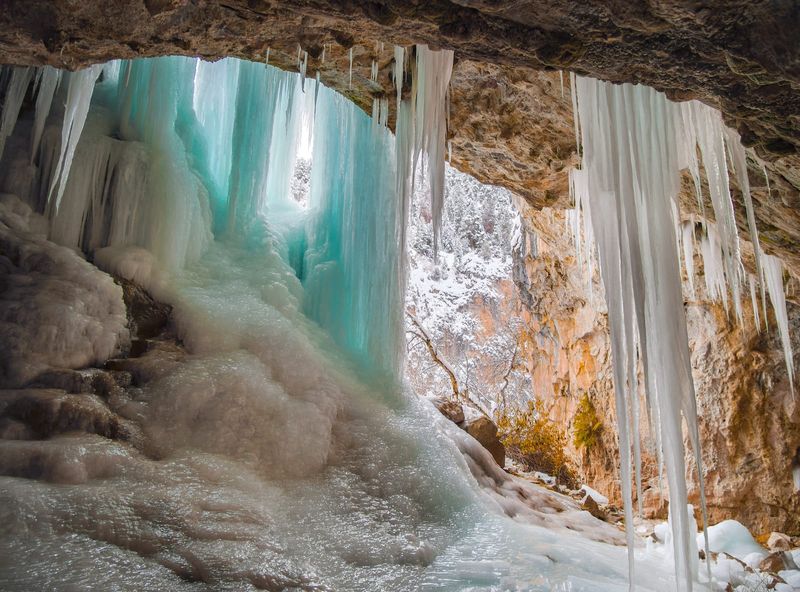
Since Hanging Lake implemented strict permit systems, locals shifted to this limestone canyon with similarly stunning emerald pools and waterfalls. Towering rock walls attract world-class climbers while casual visitors enjoy the easy trail alongside Rifle Creek.
The Ice Caves Trail leads to natural cold-air caves where ice formations persist well into summer. Fishing enthusiasts cast for trout in the crystal waters. Unlike Hanging Lake, this city-owned park allows dogs on leash and requires only a modest day-use fee.
17. Canyons of the Ancients: Archaeological Wonderland
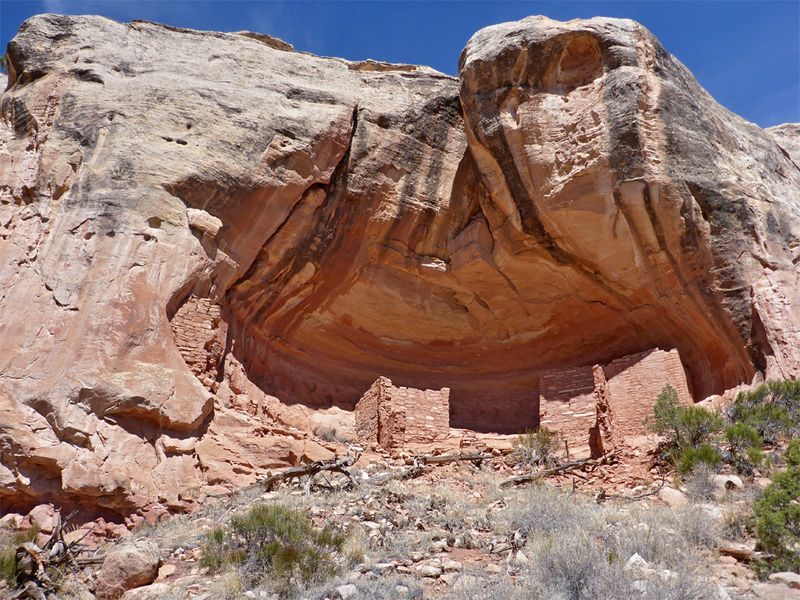
While tourists flock to Mesa Verde, this lesser-known national monument contains the highest concentration of archaeological sites in America. Over 6,000 ancient Puebloan structures dot this rugged landscape, from small granaries to intact kivas and cliff dwellings.
The Sand Canyon trail offers access to multiple sites without the crowds or guided tour requirements of more famous parks. Lowry Pueblo features a preserved Great House with original roof beams. Spring and fall bring pleasant temperatures for exploring these exposed desert landscapes.

